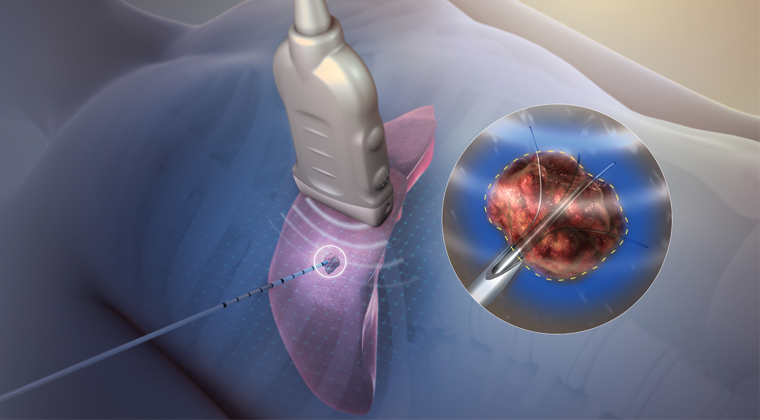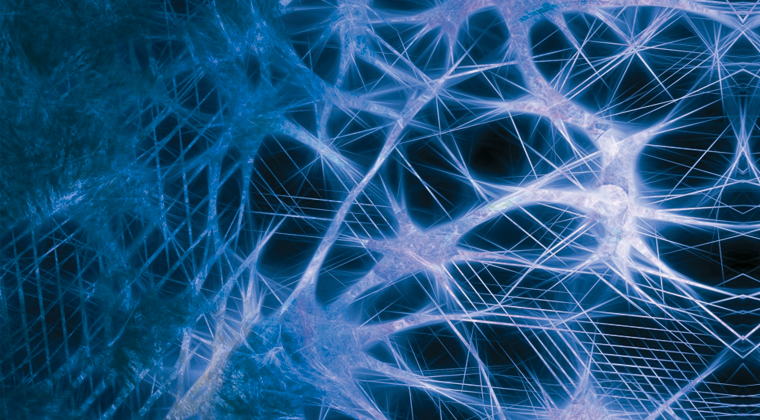Trigger point injections
What is the purpose of this procedure?
Trigger point injections are often used to relieve muscle pain. They may reduce pain and relieve tension due to "knots" or muscle spasms. Local anesthetic (numbing medicine) is used to temporarily relax the muscle and allow blood to flow back into the area. This may break the cycle of spasm and pain.
What are the risks associated with th** is procedure?**
The risks are infrequent. They include:
• Allergic reaction to medication
• Nerve damage
• Bleeding and bruising at the injection site
• Pain at the injection site or during the injection
• Infection
• Injection of medication into a blood vessel
• In some cases, no improvement or worsening of your pain
How should I prepare for the procedure?
• You may need to stop taking certain medications several days before the procedure. Please remind the doctor of all prescription and over-the-counter medications you take, including herbal and vitamin supplements. The doctor will tell you if and when you need to discontinue the medications.
• Tell the doctor if you develop a cold, fever, or flu symptoms before your scheduled appointment, or if you have started taking antibiotics for an infection.
What will happen during the procedure?
- The doctor performing the procedure locates the areas to be injected by examining the sore muscle groups
- The injection site is cleaned with an alcohol swab
- A small needle is inserted into each trigger point and the local anesthetic (numbing medicine) is injected
What should I do after the procedure?
Many people feel immediate relief following the injections. As long as you are otherwise feeling ok, you may check-out after your injections. If you experience any dizziness or lightheadedness, you will be asked to lie down for a period of time until it resolves. Your response will be evaluated at your next follow-up visit.
Content supplied by:
Ronald Wasserman, M.D.
1.29.2020
Disclaimer: This document contains information and/or instructional materials developed by Michigan Medicine for the typical patient with your condition. It may include links to online content that was not created by Michigan Medicine and for which Michigan Medicine does not assume responsibility. It does not replace medical advice from your healthcare provider because your experience may differ from that of the typical patient. Talk to your healthcare provider if you have any questions about this document, your condition or your treatment plan. Patient Education by Michigan Medicine is licensed under a Creative Commons Attribution-NonCommercial-ShareAlike 3.0 Unported (CC BY-NC-SA 3.0) License. Last Revised 06/2018.



